The iconic 1960s Chevrolet Camaro, an automotive masterpiece, has etched its name in the annals of history as the epitome of American muscle.
The 1960s era is well-known for the boom in the US industry and technology.
It is also renowned for producing cars with advanced technology from the world’s largest car brands. The Chevy Camaro of the 1960s solidified its place as an iconic American muscle car in the automobile industry.
This comprehensive guide will take you on a journey through its captivating past, dissect its defining specifications, and unveil a trove of intriguing facts guaranteed to ignite the excitement of every Chevrolet Camaro enthusiast.
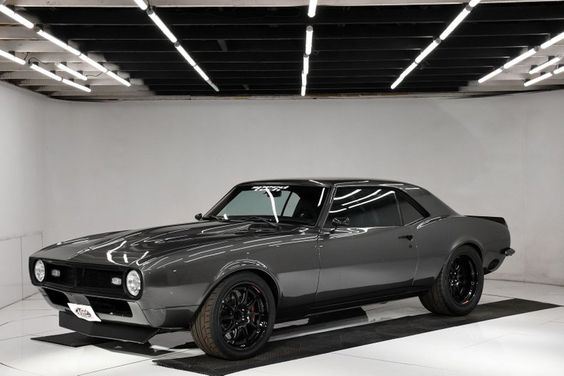
Source: volocars.com / Pinterest
Key Takeaway
- The Chevrolet Camaro is an iconic American muscle car from the 1960s that became immensely popular for its sleek design, powerful engines, and performance capabilities.
- The Camaro underwent rapid evolution in its first three years, changing its styling and performance to keep up with the competitive pony car market.
- It offered a variety of trim levels, packages, and customization options to cater to different preferences, from basic daily drivers to high-performance track-ready models.
- The Camaro’s cultural significance extends beyond its technical specifications. It became a symbol of American automotive excellence, freedom, and the pursuit of adventure, cementing its legacy as a highly coveted collector’s item.
A Brief History of the 1960s Chevy Camaro
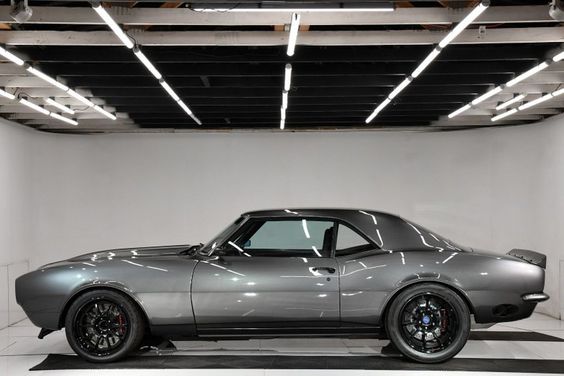
Source: @volocars / Pinterest
In the revolutionary era of the 1960s, the American automotive landscape witnessed the birth of the legend: the Chevrolet Camaro. It was part of an iconic trio of American muscle cars, alongside the Ford Mustang and the Dodge Challenger.
Chevy Camaro wasn’t just a car; it was a lifestyle, a statement, and a direct response to the wild success of the Ford Mustang. With its sleek design, powerful engine options, and timeless charisma, the Camaro rapidly became one of the premier muscle cars and an emblem of style and performance.
The Chevrolet Camaro debuted in 1967 and was designed to compete with the Ford Mustang. The car quickly gained a reputation as a serious contender in the muscle car segment. Over its first three years of production, it evolved in design, performance, and cultural significance.
The First Camaro was unveiled on September 29, 1966, as a 1967 model.
It was built on the new F-body platform and shared its underpinnings with Pontiac Firebird, another General Motors creation. In its first year, the Camaro sold over 220,000 units and became popular among car enthusiasts, racers, and the general public.
The first-generation Camaro was produced until 1969 and underwent rapid evolution to meet the demands of the competitive pony car market.
Throughout this time, its appearance and performance went through several changes.
The Dazzling Looks of Classic Chevy Camaro
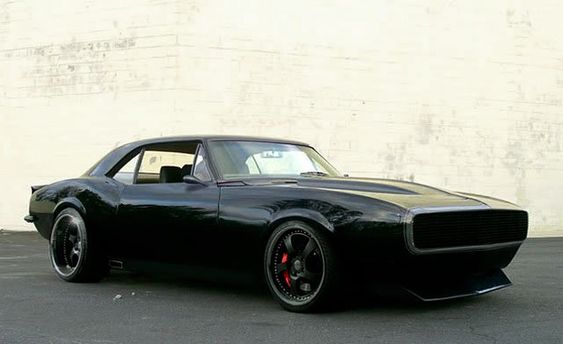
Source: lsxmag.com/Pinterest
The 1967 Camaro was available in coupe and convertible variants, depending on the customer’s preferences.
It featured a long hood and a short rear deck, capturing the essence of pony car aesthetics. The car’s stylish, sporty appearance and high performance immediately propelled it to commercial success and iconic status. The vehicle’s front end had a distinctive split grille with round headlights.
In 1968, the Camaro underwent significant changes, featuring a more robust design with subtle yet notable changes. These included the addition of side marker lights and a more assertive front grille, while the vent windows were replaced with single-pane glass to enhance the car’s modern appeal.
The 1969 Camaro continued evolving with a more aggressive front end, wider lower stance, and new sheet metal. The redesigned grille, new taillights, and flared wheel wells enhanced the car’s muscular appearance, setting it apart from its predecessors.
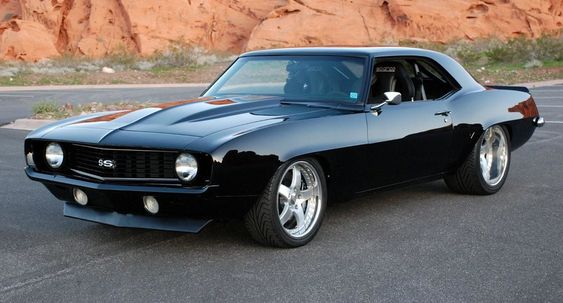
Source: @flickr / Pinterest
The Chevy Camaro underwent a significant transformation in three years, evolving from a sleek and aggressive design to a more muscular look. These changes enhanced the car’s appearance and boosted its overall performance.
Under the Hood: Specs of the 1960s Chevy Camaro
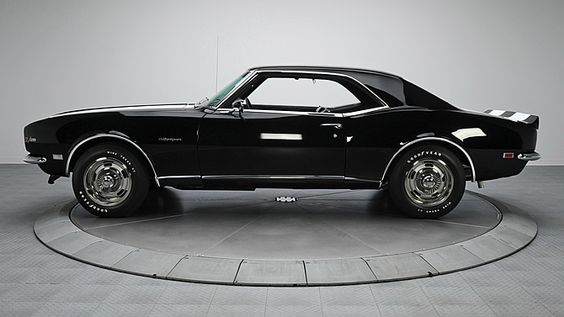
Source: @barrett_jackson / Pinterest
The Chevy Camaro of the 1960s was available in coupe and convertible body styles.
The coupe was popular among those who preferred sporty vehicles with rigid structures and iconic designs. The convertible attracted people who preferred luxurious and stylish open-driving.
Customization wasn’t just an option; it was a mandate! Drivers could improve their Camaro experience with trim levels and special editions.
The Base Model
This model offered standard features for everyday driving. It had manual windows, basic upholstery, and a choice of engine options. It was also budget-friendly and offered a canvas for customization, allowing owners to personalize their rides.
RS Package
RS packages featured enhanced aesthetics, hidden headlights, a unique grille, special badging, and interior upgrades. They were for those who wanted to stand out from the crowd with a blend of visual flair and interior comfort.
The SS (Super Sport) Package
This one was all about performance. It included a sport-tuned suspension, powerful engine options, SS badging, and hood designs. This option perfectly blended speed and style, catering to those who enjoyed the thrill of high-performance driving.
Z/28 package
This unique package was known for a track-ready performance with a high-revving engine and specialized suspension components. It had aerodynamic enhancements for Trans-Am racing.
COPO Camaro- the Exclusive One
The COPO Camaros were the pinnacle of exclusivity.
These models featured specialized high-performance engines that weren’t available in standard production and had limited production numbers. This model was a dream come true for drag racing enthusiasts, and the rarity of this option only added to its allure.
Exploring Classic Camaro Collector’s Edition Engines
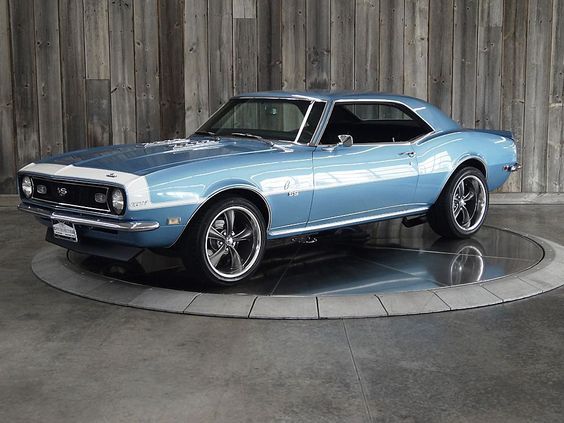
Source: restored-cars-for-sale.com/Pinterest
The first-generation Chevrolet Camaro (1967-1969) offered a variety of engine options. The 1967 model had a base 3.8L inline-six, small-block V8s (4.9L, 5.4L, 5.7L), and a powerful 6.5L big-block V8. The Z/28 model, with its 4.9L V8, was designed for Trans-Am racing.
In 1968, the Camaro continued with similar engine choices, including the 396 cubic inch big-block V8. The RS (Rally Sport) and Z/28 packages were popular, especially among racing enthusiasts.
The 1969 Camaro expanded its offerings, starting with the base 230 cubic inch inline-six and offering various small-block and big-block V8s, including the 396 cubic inch V8 in the SS package.
It introduced a new “Astro Ventilation” system for improved airflow.
The Z/28 continued with a 302 cubic inch V8, and the COPO program brought the legendary 427 cubic inch V8, producing the iconic COPO 9560 and 9561 models. The RS option received updates like hidden headlights and a distinctive grille, enhancing the Camaro’s enduring appeal and performance legacy.
Along with engine evolution, Camaro models offered various transmission options to complement its diverse engine lineup.
Options ranged from the basic 3-speed manual transmission and the simple 2-speed Powerglide automatic to the more sophisticated 4-speed manual Muncie transmissions and the robust Turbo-Hydramatic automatics. These choices allowed drivers to tailor their Camaros to their preferences, whether for daily commuting, street performance, or competitive racing.
Beyond the Specs: Interesting Facts About the 1960s Chevy Camaro
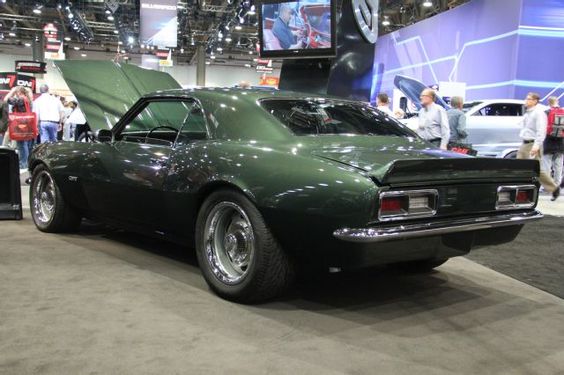
Source: superchevy.com/Pinterest
The Chevy Camaro is like a timeless rockstar on the road. There are so many exciting stories and interesting facts about this model. Firstly, did you know that the Camaro’s name was derived from the French word camarade, which means friend? No wonder many people wanted a friend like this in the 1960s.
However, let’s be honest: the Camaro and the Ford Mustang were not good friends. Their rivalry has left a significant mark on the history of the automobile industry.
These legendary muscle cars have continuously struggled for supremacy, from drag racing to sales charts. Yet, beneath the rivalry lies mutual respect, a recognition that both the Camaro and the Mustang have played vital roles in shaping the history of the automobile industry and capturing the hearts of drivers worldwide.
Cruising the Silver Screen: The Chevy Camaro Cinematic Journey
The Chevrolet Camaro was also a popular movie star, featuring in leading roles in some of the most popular Hollywood movies.
In the movie “Bullitt,” it briefly appears in a scene chasing a Mustang through the streets of San Francisco.
A classic 1967 Camaro also appears as the protagonist’s dream car named Lucille in the movie “Better Off Dead.” “Two Lane Blacktop” showcases a 1969 Chevrolet Camaro Z/28 as one of the main characters’ cars.
In the “Transformers” franchise, the Camaro becomes a cultural icon. Named Bumblebee, it plays a central role as one of the heroic Autobots, fighting alongside humans to protect the Earth.
Rare and Exclusive Models For the Biggest Fans
Here’s some great news for the most dedicated car enthusiasts: a few rare special edition Camaros are exclusively produced for the most passionate fans. Among the rarest are those produced in limited quantities and equipped with special features that set them apart.
One such gem is the COPO Camaro, a series of high-performance models built under Chevrolet’s Central Office Production Order program. These purpose-built drag racing machines were equipped with powerful engines and race-ready components, making them trademarks of the collector car network.
Indy Pace Car edition was another rarity, crafted to commemorate the Camaro’s prestigious role as the pace car for the Indianapolis 500. It had special paint schemes, unique decals, and commemorative badges. Collectors and motorsport enthusiasts highly seek after this limited edition.
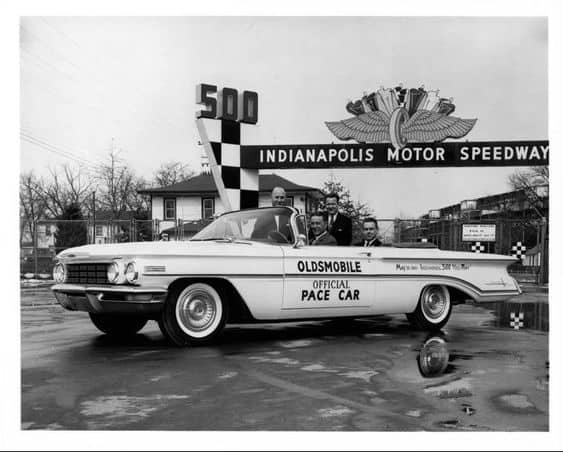
Source: curbsideclassic.com/Pinterest
Whether it’s the raw power of the COPO Camaro or the prestige of the Indy Pace Car editions that captivates you, owning a classic Camaro collector’s edition is like having a piece of automotive art.
It serves as a reminder that the past era of muscle cars represented more than just machines; it symbolized freedom and adventure.
Conclusion: The Legacy of the 1960s Chevy Camaro
Since its debut in 1967, the Chevrolet Camaro has become an icon of the American car industry. As one of the “Big Three,” this classic American muscle car embodies the essence of the United States’ cars.
The Camaro’s influence is strong due to its innovation and evolution. It continuously pushed the boundaries of performance while introducing innovative technologies and engineering advancements that have set new standards for the muscle car genre.
However, the Camaro’s most enduring legacy is its ability to inspire enthusiasts of all ages. The Camaro became more than a car. It symbolized freedom, adventure, and the American dream. For most car enthusiasts, the allure of owning a classic Chevrolet Camaro is more than just a dream – it’s a lifelong passion.
Yet, the journey to find one today can be a thrilling challenge, as this vintage beauty is not only highly sought after but also carries a price tag that reflects its rarity and value.
Still, there’s a way.
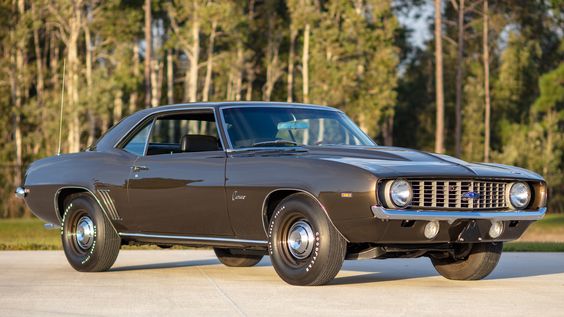
Source: americanmusclecarmuseum.com /Pinterest
You can start your search through online classifieds and auction sites, where you can browse a wide choice of Camaros from private sellers and dealers nationwide. Carefully review each listing and ask questions about the car’s history, condition, and any modifications and restorations.
Another way to find a vintage Chevrolet Camaro is to attend classic car shows and auctions. You can see Camaros and connect with other enthusiasts and collectors there. These events often feature many Camaros for sale, from showroom models to those that need restoration.
However, if you’re looking for a turnkey solution, special dealerships and restoration shops specialize in classic Camaros. They offer restored models and custom builds. These options are usually expensive, but they offer the convenience of knowing that your Camaro has been professionally inspected and restored to its former glory.
Whatever you choose, I wish you endless adventures and smooth rides!
